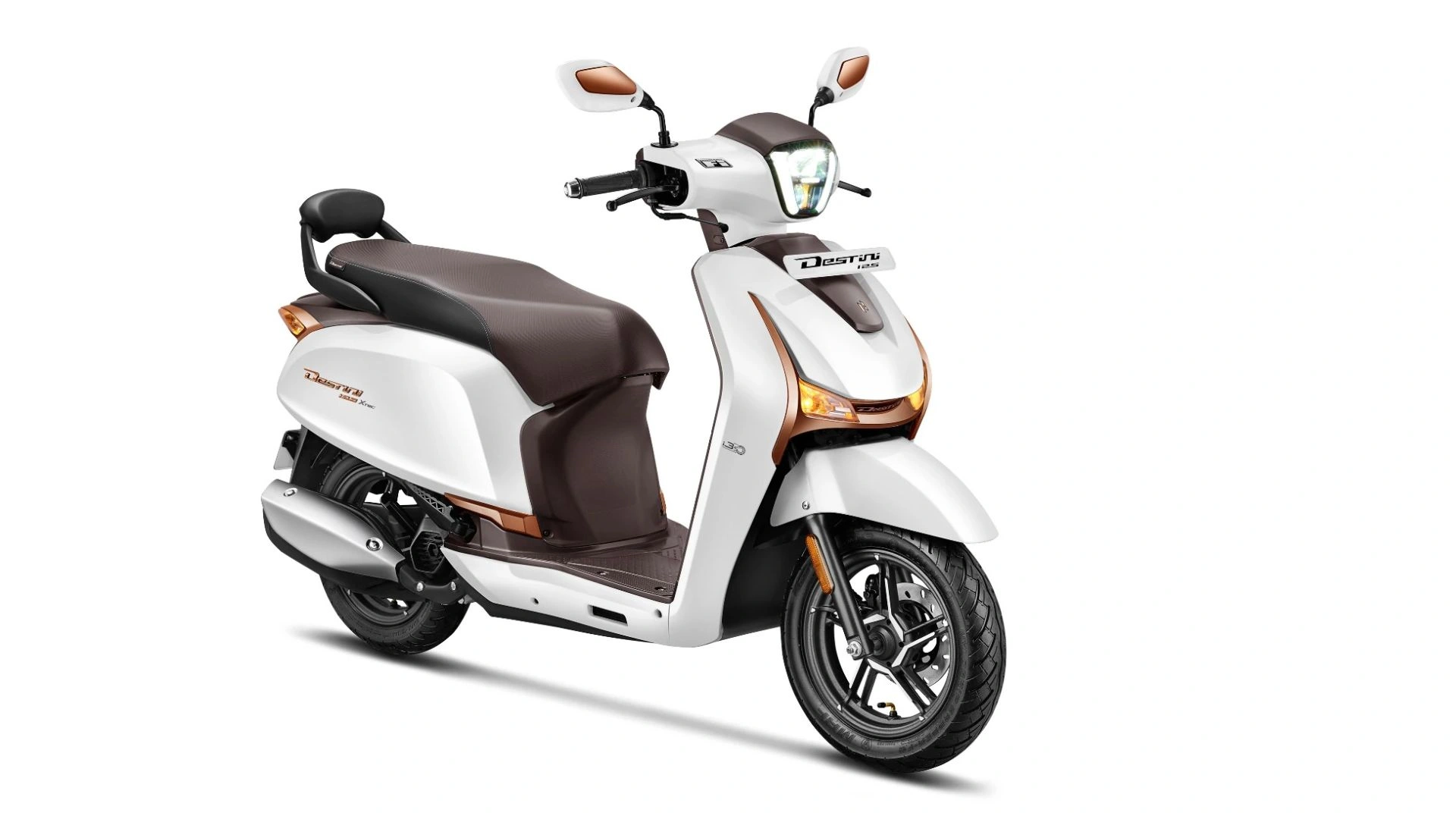India has consolidated its efforts in the defense area by building up three cutting-edge hypersonic missiles, under the project titled ‘Project Dhvani,’ as an initiative taken up by the Defence Research and Development Organisation (DRDO).
With speeds reaching beyond Mach 6 or 6,200 kmph, India becomes part of an elite list of nations which possess hypersonic missiles natively.
Major Characteristics of Project Dhvani
New hypersonic missiles have an operating range of over 1,500 kilometers and can be both conventional as well as nuclear weapon-capable. They come equipped with scramjet engines; it’s the same technology seen in BrahMos-II supersonic cruise missile systems.
These weapons will be deployed across India’s Army, Navy, and Air Force; no radar, whether fourth or fifth-generation, can detect their flight path or intercept the weapon.
Such developments speak volumes about India’s rising technological capabilities in the defense sector. Hypersonic missiles are considered a revolutionary feature in modern warfare due to their precision, speed, and capability to evade radar detection at speeds greater than Mach 5.
Consequences for India’s Competitors
India’s hypersonic advancements pose a strategic challenge to neighboring countries like Pakistan, China, and Bangladesh. With their unmatched speed and unpredictable flight paths, these missiles significantly enhance India’s offensive and defensive capabilities, creating deterrence in the region.
DRDO’s Breakthrough in SFDR Technology
It achieved another related success: final testing of its Solid Fuel Ducted Ramjet, or SFDR, propulsion-based missile system. The SFDR can facilitate the development of a long-range air-to-air missile; all mission objectives were fulfilled when the SFDR system was tested off the coast of Odisha. The missile technology can neutralise high-speed aerial targets well beyond 300 km range.
DRDO’s Defence Research and Development Laboratory (DRDL), developed SFDR in collaboration with other labs, which is a critical component for next-generation missiles. “This achievement places India among the world’s leaders in SFDR technology,” said former DRDO chairman G Satheesh Reddy.
A Month of Successes
November has turned out to be a milestone month for India’s missile development. Apart from the hypersonic missile advancements, another success has come with the testing of K-4 submarine-launched ballistic missile with a range of 3,500 kilometers, thereby enhancing the strategic deterrence capability of India.
ALSO READ:



















